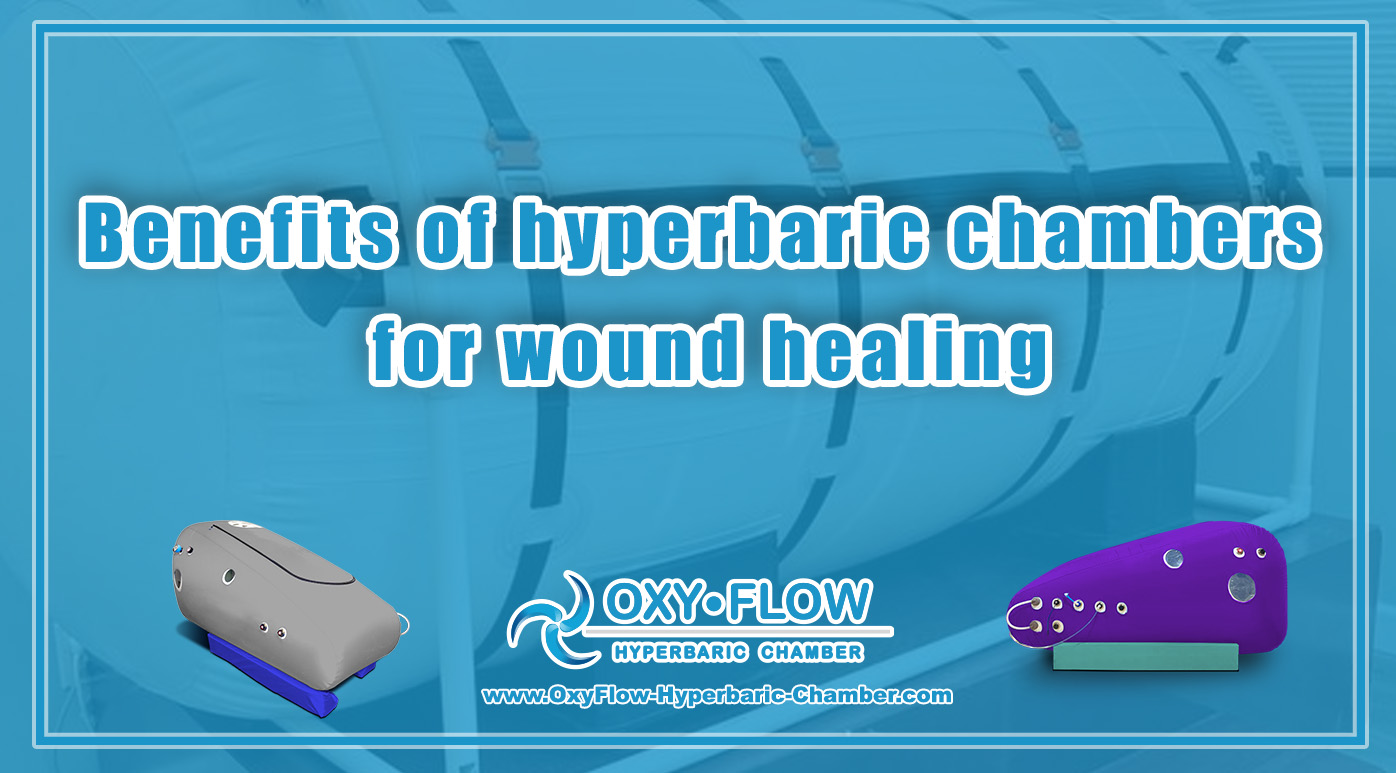© 2024 OxyRevive copyright all right reserved.
Menu
Benefits of hyperbaric chambers for wound healing
Benefits of hyperbaric chambers for wound healing

The Healing Power of Hyperbaric Chambers: A Boon for Wound Recovery
Wound care and healing are crucial aspects of medical treatment, especially for individuals dealing with chronic wounds or injuries. One revolutionary technology that has gained significant attention in the medical community for wound healing is hyperbaric oxygen therapy (HBOT). Hyperbaric chambers, which are used for administering HBOT, have proven to be highly beneficial for wound healing due to their ability to provide increased levels of oxygen to the body’s tissues. In this article, we will explore the benefits of hyperbaric chambers for wound healing and how they are revolutionizing the medical field.
Understanding Hyperbaric Oxygen Therapy.
Hyperbaric oxygen therapy involves the administration of 100% pure oxygen in a pressurized environment, typically inside a hyperbaric chamber. The pressured environment allows the lungs to gather more oxygen than they would under normal conditions, thereby increasing the oxygen levels in the bloodstream. This oxygen-rich blood is then circulated throughout the body, promoting faster healing of wounds and injuries.
Hyperbaric chambers are designed to create an environment where oxygen is delivered at levels higher than what is achievable at sea level. Patients undergoing HBOT sessions breathe in oxygen under increased pressure, which helps oxygenate tissues and cells more effectively. This process enhances the body’s natural healing mechanisms and accelerates the repair of damaged tissues, making it an invaluable tool for wound care specialists.
Benefits of Hyperbaric Chambers for Wound Healing.
Enhanced Oxygen Delivery.
One of the primary benefits of hyperbaric chambers for wound healing is the enhanced delivery of oxygen to tissues. Oxygen plays a crucial role in the healing process by promoting the growth of new blood vessels, reducing inflammation, and fighting off bacteria. By increasing the oxygen levels in the body, hyperbaric chambers create an optimal environment for wound healing to occur more rapidly and effectively.
Accelerated Wound Healing.
Studies have shown that hyperbaric oxygen therapy can significantly accelerate the healing of various types of wounds, including diabetic foot ulcers, burns, and non-healing surgical wounds. The increased oxygen levels in the bloodstream help improve circulation, stimulate the formation of new blood vessels, and enhance the body’s ability to fight infection. This leads to faster healing times and improved outcomes for patients undergoing HBOT.
Reduced Risk of Infection.
Infections are a common complication associated with slow-healing wounds, posing a significant risk to patients’ health. By increasing oxygen levels in the body, hyperbaric chambers create an inhospitable environment for bacteria to thrive. Oxygen is toxic to many anaerobic bacteria, which are known to cause infections in wounds. Therefore, HBOT can help reduce the risk of wound infections and promote a clean and healthy healing environment.
Anti-inflammatory Effects.
Inflammation is a natural response of the body to injury or trauma, but excessive inflammation can impede the healing process. Hyperbaric oxygen therapy has been shown to have anti-inflammatory effects, helping to reduce swelling, pain, and tissue damage. By modulating the inflammatory response, HBOT contributes to a more efficient healing process and can alleviate discomfort associated with chronic wounds.
Improved Collagen Production.
Collagen is a key component of connective tissues and plays a vital role in wound healing and tissue repair. Hyperbaric oxygen therapy has been found to stimulate the production of collagen, enhancing the strength and flexibility of the healed tissue. This results in better wound closure and reduced scarring, ultimately improving the overall aesthetic and functional outcomes for patients undergoing treatment in hyperbaric chambers.
Treatment of Chronic Wounds.
Chronic wounds, such as diabetic ulcers and pressure sores, can be particularly challenging to heal and may require specialized care. Hyperbaric oxygen therapy has shown promising results in the treatment of chronic wounds by promoting tissue regeneration, angiogenesis, and antibacterial activity. Patients with non-healing wounds have reported significant improvements in wound closure rates and quality of life after undergoing HBOT sessions in hyperbaric chambers.
Benefits of hyperbaric chambers Conclusion.
Hyperbaric chambers have emerged as a valuable tool in wound healing, offering a safe and effective way to enhance the body’s natural healing processes. By increasing oxygen levels in the tissues, hyperbaric oxygen therapy accelerates wound repair, reduces the risk of infections, and improves overall patient outcomes. The benefits of hyperbaric chambers for wound healing extend beyond traditional treatment methods, making them a promising option for patients with chronic wounds or injuries. As research in this field continues to evolve, hyperbaric chambers are expected to play an increasingly important role in modern wound care practices, revolutionizing the way we approach healing and recovery processes.
In conclusion, the healing power of hyperbaric chambers is a testament to the remarkable advancements in medical technology and their impact on improving patient outcomes. As more healthcare providers incorporate hyperbaric oxygen therapy into their treatment protocols, we can expect to see a positive shift in the management of wounds and injuries, offering hope and healing to those in need.
Ready for Hyperbaric Oxygen Chamber?
stay up to date with the latest news

